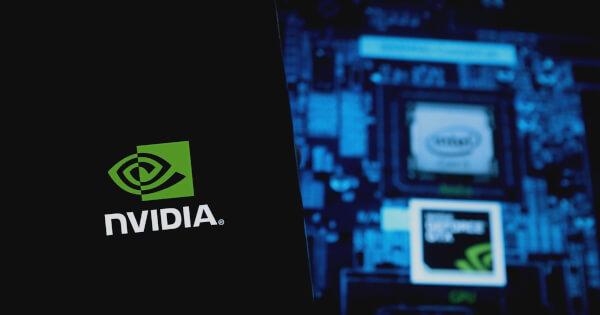Caroline Bishop
Apr 11, 2025 07:27
NVIDIA’s NeMo Guardrails, in collaboration with Cleanlab’s Trustworthy Language Model, aims to enhance AI reliability by preventing hallucinations in AI-generated responses.
As enterprises increasingly adopt large language models (LLMs) in their applications, a pressing issue has emerged: the generation of misleading or incorrect outputs, often termed ‘hallucinations.’ To address this, NVIDIA has integrated Cleanlab’s Trustworthy Language Model (TLM) into its NeMo Guardrails platform, aiming to provide a robust solution to enhance AI reliability, according to NVIDIA.
NVIDIA NeMo Guardrails Overview
NVIDIA NeMo Guardrails is a comprehensive platform designed to enforce AI policies across generative AI applications. It offers a scalable framework for ensuring content safety, detecting potential jailbreaks, and controlling conversational topics. The platform integrates both NVIDIA’s proprietary safety mechanisms and third-party solutions, providing a unified approach to AI safety.
For instance, NeMo Guardrails leverages LLM self-checking in conjunction with tools such as NVIDIA’s Llama 3.1 NemoGuard Content Safety NIM and Meta’s Llama Guard. These tools perform real-time audits of AI-generated text against predefined policies, flagging any violations instantly. Additionally, the platform supports integrations with external guardrails like ActiveFence’s ActiveScore, enhancing its flexibility and comprehensiveness.
Cleanlab Trustworthy Language Model Overview
The integration of Cleanlab’s Trustworthy Language Model into NeMo Guardrails marks a significant advancement in AI safety. TLM scores the trustworthiness of LLM outputs through advanced uncertainty estimation techniques. This feature is crucial for applications such as customer support systems, where AI-generated responses can be escalated to human agents if deemed untrustworthy.
TLM is particularly beneficial in scenarios requiring retrieval-augmented generation (RAG), where it flags potentially unreliable responses. It supports automated LLM systems in classifying information and executing tool calls with greater reliability.
Real-World Application: Customer Support AI Assistant
To demonstrate TLM’s integration with NeMo Guardrails, NVIDIA developed a customer support AI assistant for an e-commerce platform. This assistant handles inquiries about shipping, returns, and refunds, using company policies as contextual guides.
In practice, when a customer queries the return policy for a product, the AI assistant references the policy, ensuring that its response aligns with the documented guidelines. If a response appears untrustworthy, TLM prompts the system to either provide a fallback response or escalate the query to a human agent.
Evaluation and Implementation
In various customer support scenarios, the guardrails have demonstrated their ability to detect and manage hallucinations effectively. For example, when asked about refunds for non-defective items, the AI assistant provided a response with a high trustworthiness score, adhering closely to policy guidelines.
Conversely, in cases where the policy was ambiguous, such as inquiries about returning specific types of jewelry, the guardrails flagged the response as potentially misleading, opting to escalate the issue for human review.
The implementation of these guardrails involves configuring the NeMo Guardrails framework to utilize Cleanlab’s TLM API, which assesses the trustworthiness of AI responses. Based on the trustworthiness score, the system decides whether to deliver the response to the user or escalate it.
Conclusion
NVIDIA’s integration of Cleanlab’s Trustworthy Language Model into NeMo Guardrails offers a powerful solution for enhancing the reliability of AI applications. By addressing the challenge of hallucinations, this collaboration provides developers with tools to build safer, more trustworthy AI systems. Cleanlab’s participation in NVIDIA’s Inception program further underscores its commitment to advancing AI technology and innovation.
Image source: Shutterstock














